In a bold move to reshape the global financial landscape, the BRICS alliance—comprising Brazil, Russia, India, China, and South Africa—has reportedly been exploring the introduction of a “petroyuan.” This alternative to the dollar-dominated oil trade system aims to challenge the long-standing hegemony of the U.S. dollar in global energy markets.
The potential rollout of the petroyuan is set to be a hot topic at the upcoming BRICS summit in Kazan, Russia, scheduled for next month. A report from the Official Monetary and Financial Institutions Forum (OMFIF) reveals that BRICS leaders are planning to discuss the implementation of this alternative payment system, with China’s yuan at the center of the initiative.
The Rise Of BRICS And New Members
Originally established as a coalition of emerging markets, BRICS has rapidly expanded its influence in the global arena. In recent years, the group has welcomed several other countries into its fold, signaling its growing ambition to counterbalance Western financial dominance. The upcoming Kazan summit is expected to be a milestone in BRICS’ ongoing efforts to build a more multipolar world economy, less reliant on the U.S. dollar.
One of the alliance’s key focuses will be the petroyuan—a potential rival to the petrodollar. The petrodollar system, which ties oil payments to the U.S. dollar, has long given the United States a significant edge in global finance. BRICS, however, is seeking to diversify its options, and the petroyuan represents a major shift in that direction.
Saudi Arabia, the world’s largest oil exporter, has expressed interest in the concept. In a move that has sent ripples through global markets, the kingdom announced that it is “open to new ideas” regarding oil trade, including the possibility of conducting transactions in yuan. Saudi Arabia’s willingness to consider this shift underscores the growing desire among some nations to reduce their reliance on the U.S. dollar.
The petroyuan also appeals to Russia, which has faced severe sanctions, including exclusion from the SWIFT banking system, following its invasion of Ukraine. Russia has been actively seeking alternatives to the dollar and SWIFT, and the petroyuan could serve as a crucial part of its strategy to minimize U.S. financial influence.
While the petroyuan is an ambitious concept, implementing it on a large scale poses significant challenges. According to the OMFIF, one of the main obstacles is that surplus yuan can primarily only be spent on trade with China or placed in foreign reserves. This limitation makes it difficult for countries to operate fully under a petroyuan system. BRICS financial intermediaries would need to develop mechanisms to recycle the yuan surpluses, redirecting them to countries that are in need of the currency.
Moreover, the political implications of moving away from the dollar could be profound. The dollar’s dominance has long afforded the U.S. significant geopolitical leverage. However, some BRICS countries are wary of the potential backlash. For instance, Saudi Arabia’s minister of industry and mineral resources, Bandar Al-Khorayef, stated that the kingdom is not interested in mixing politics with commerce—highlighting the delicate balancing act involved in this potential transition.
Also Read: India’s Trade Strategy – Sticking With USD Amid $500B BRICS De-Dollarization Push
A Gold-Backed BRICS Currency?
Beyond the petroyuan, there have been rumors that BRICS may be working on developing its own currency for trade within the bloc. Some reports suggest this currency could be backed by gold, which would further enhance its appeal as an alternative to the fiat-based U.S. dollar. While details remain scarce, this development could signal BRICS’ deeper commitment to building a robust, independent financial system.
A Shifting Global Economic Order
The BRICS alliance’s exploration of a petroyuan could represent a seismic shift in the global financial order. While challenges remain in fully implementing such a system, the growing interest from major oil producers like Saudi Arabia and the determination of countries like Russia to reduce dependence on the U.S. dollar suggest that the petroyuan could become a key player in the future of international trade. As BRICS leaders gather in Kazan, the world will be watching closely to see how this potential new chapter in global finance unfolds.
Disclaimer: The information in this article is for general purposes only and does not constitute financial advice. The author’s views are personal and may not reflect the views of Chain Affairs. Before making any investment decisions, you should always conduct your own research. Chain Affairs is not responsible for any financial losses.



